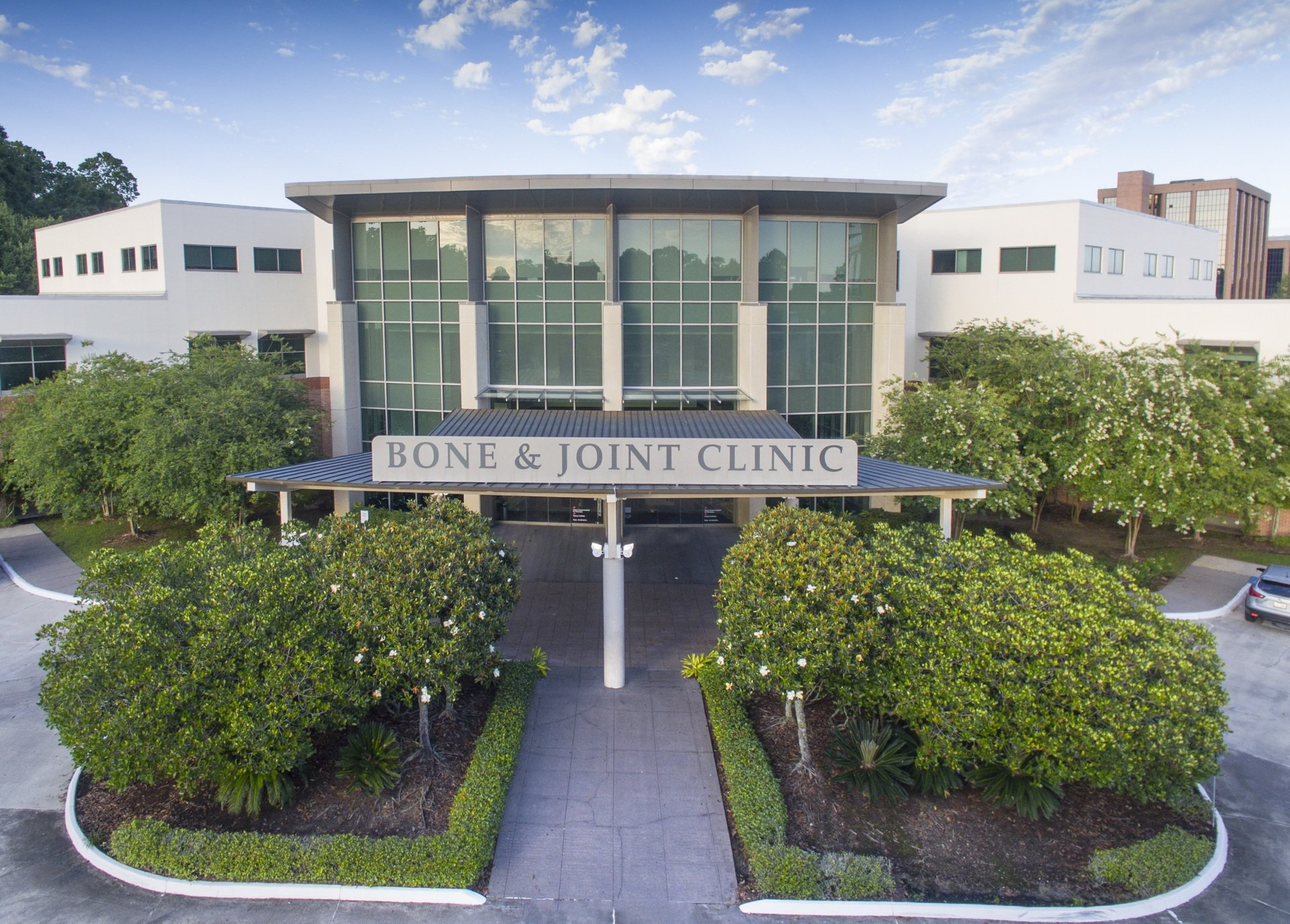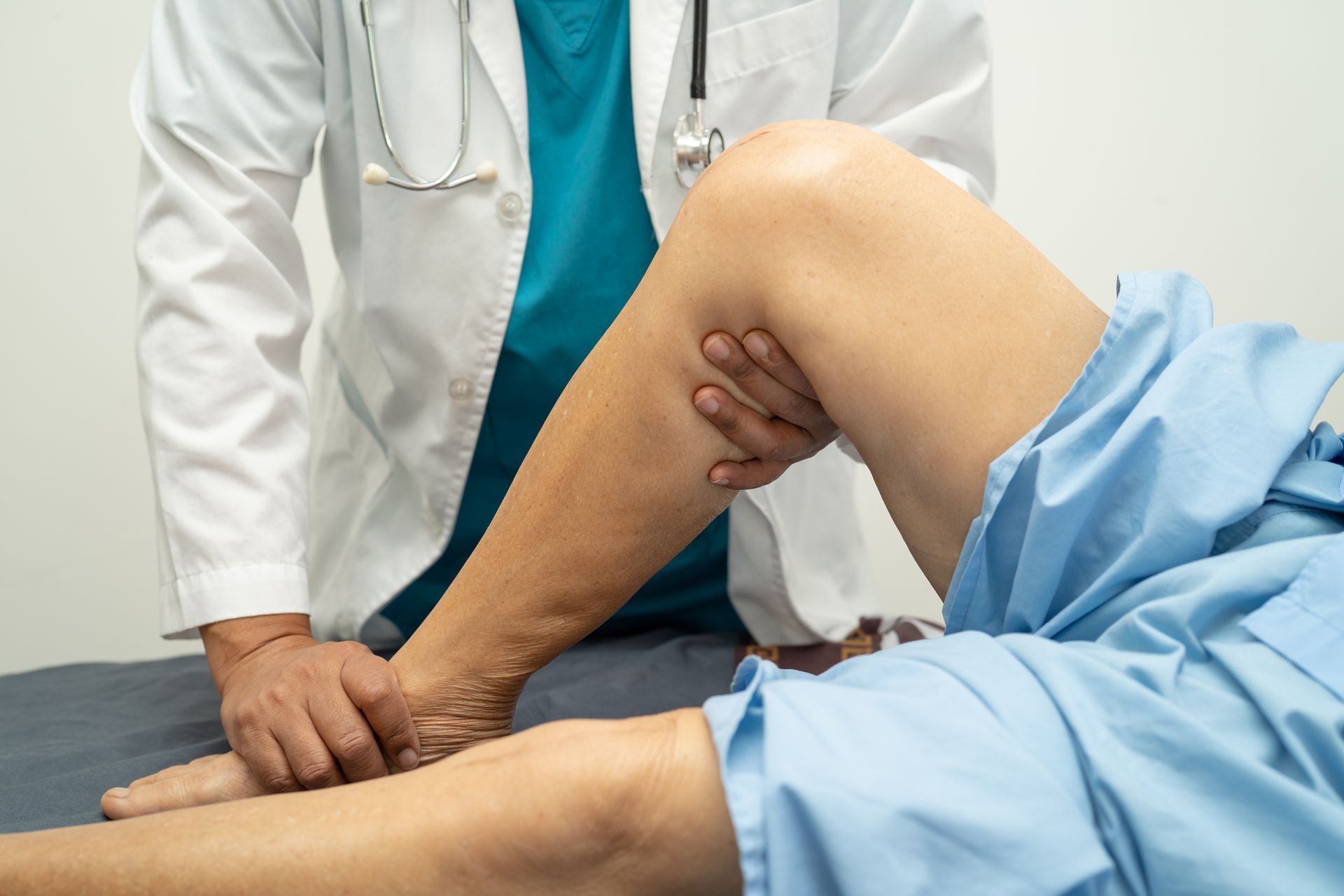The holiday season is a time for celebration, but it can also bring unexpected injuries as we rush from one activity to the next—decorating, shopping, traveling, and participating in winter sports. This time of year, injuries from slips, falls, lifting heavy objects, and engaging in seasonal sports are common. Here’s a breakdown of the most frequent holiday-related orthopedic injuries, ways to prevent them, and tips for treating them if they happen.
1. Sprains and Fractures from Slips or Falls
As the hustle and bustle of the season settles in, along with it comes an increased risk of injury from accidental slips or falls. From slipping on wet or icy walkways while out running last-minute errands to falling off ladders while putting up Christmas lights, the opportunity to sustain an injury is higher than usual. Fractures and sprains can lead to pain, bruising, and difficulty bearing weight on the affected limb, derailing your holiday plans.
Prevention Tips for Sprains and Fractures
- Wear appropriate footwear: Shoes with good grip can make a big difference when walking on slick surfaces.
- Use ladders safely: Choose a sturdy ladder, make sure it’s on a stable surface, and avoid overreaching. Have a friend or family member assist in holding the ladder steady while you work.
- Be cautious: Walk slowly and avoid sudden movements on potentially slick surfaces.
Treatment Options
- RICE Protocol: For mild injuries, follow the RICE Method—Rest, Ice, Compression, and Elevation—to reduce pain and swelling.
- Seek Medical Attention: If pain persists or the area is visibly deformed, see a healthcare professional. Severe sprains or fractures may require casting, bracing, or physical therapy for full recovery.
2. Lifting Injuries Can Lead to Strained Muscles
From loading and unloading holiday decorations to moving furniture for large gatherings, lifting heavy items during the holiday season is common. These activities can strain your back, leading to pain, muscle tightness, and limited movement.
Preventing Injuries Due to Improper Lifting Techniques
- Practice safe lifting techniques: Lift with your legs, not your back, by squatting and keeping your back straight. Keep the object close to your body, and avoid twisting while lifting.
- Ask for help: Avoid lifting heavy or bulky items alone. Use dollies or other equipment whenever possible.
Treating Strains Due To Improper Lifting
- Rest: Give your body time to recover by avoiding strenuous activities.
- Ice and Heat: Start with ice to reduce swelling, then apply heat to relax muscles after a day or two.
- Over-the-counter Pain Relief: Anti-inflammatory medications can help with discomfort, and if pain persists, consider consulting an orthopedist to come up with a targeted recovery plan.
3. Common Sports-Related Orthopedic Injuries During the Holidays
Holiday gatherings might include winter sports like skiing, snowboarding, and ice skating or family traditions like backyard football games. While these activities are fun, they can lead to common athletic injuries if you’re unprepared or haven’t engaged in such activities recently. The knees, ankles, and shoulders often take the brunt of these activities, leading to joint pain, swelling, and limited mobility.
Prevent Serious Joint Injuries
- Warm-up exercises: Preparing your body with stretching or light activity before any sport can reduce injury risk.
- Use proper equipment: Wear gear that’s designed for the activity to support and protect vulnerable joints.
- Take it slow: Don’t overdo it, especially if you’re not accustomed to the sport.
Treating Soft Tissue Injuries
- Rest and limit movement: Give your body time to heal, and avoid placing strain on the injured area.
- Ice and Compression: Use ice packs and compression bandages to reduce swelling and alleviate pain.
- Medical Consultation: For severe pain, tears to ligaments like the ACL, or dislocations, seek medical assistance. Serious injuries may require physical therapy or other orthopedic interventions.
4. Seasonal Foot Pain and Injuries
With more time spent on your feet—whether holiday shopping, attending parties, or sightseeing—foot injuries are common during this time of year. Wearing unsupportive shoes for extended periods can also contribute to foot pain and injuries, resulting in heel pain, foot arch discomfort, swelling, and difficulty walking, especially if there’s a repetitive strain on the foot.
Tips to Avoid Holiday Foot Pain
- Choose supportive shoes: Avoid high heels or flimsy shoes when standing or walking for long periods.
- Take breaks: Elevate your feet when possible to reduce strain.
- Stretch your feet: Take a few minutes to stretch, especially if you’re walking a lot.
Options for Treating Foot Pain
- Rest: Avoid excessive walking or standing.
- Ice for Swelling: Apply ice packs to alleviate pain and swelling.
- Medical Attention: Persistent foot pain may indicate a stress fracture or other underlying issue, so seek a professional evaluation if the pain doesn’t improve.
The holiday season is full of activity, and with a bit of care, you can avoid many common injuries. Taking simple precautions like wearing proper footwear, lifting correctly, warming up before sports, and giving your body time to rest can go a long way. If you do experience a significant injury, reach out to one of the orthopedic specialists at Bone and Joint Clinic of Baton Rouge for an evaluation. Our physicians are ready to help you get back on your feet so you can enjoy the holiday season to its fullest.




